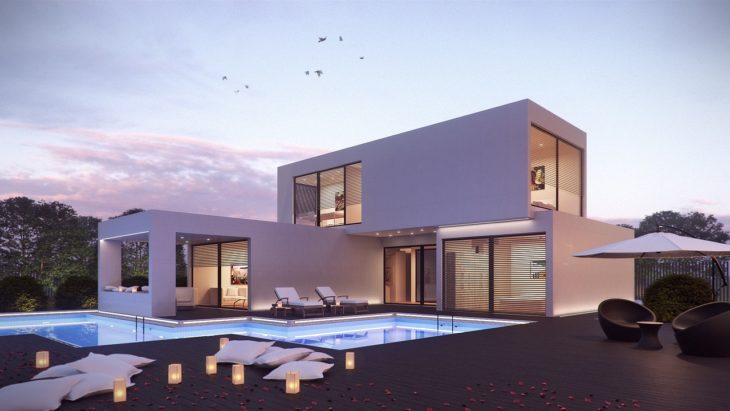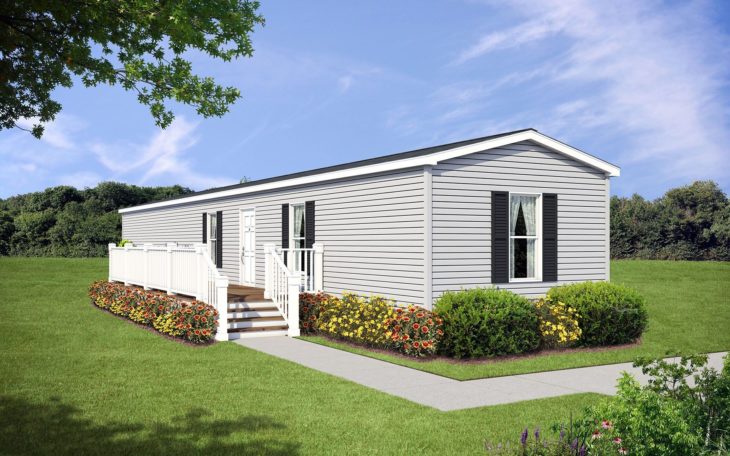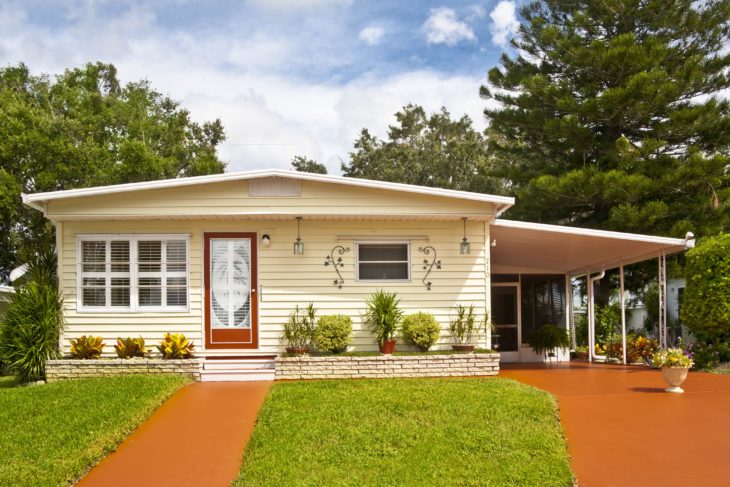Modular homes are getting more popular every year. In 2019, modular and prefab houses were responsible for 5% of all new housing projects in the United States but there are countries that are far ahead, like Germany, where 20% of all new houses are prefab. Japan sees similar percentages, while a staggering 84% of all detached houses in Scandinavia are premade. Modular homes in 2024 will be even more present on the housing market.
The reason why the percentage of modular houses in the United States is low compared to other countries is that people confuse modular homes with double-wide trailers. While they both use similar building technique, modular or prefab houses are very far from something you can see in a trailer park.

Source: katus.eu
One of the reasons for the popularity of these new construction techniques is how quickly they can be built. Made in factories, modular homes are then transported to a site and assembled there. If you buy a standard model, a one that factory already has in stock, you can enjoy your home in a matter of weeks, which is a huge incentive for homeowners to opt for prefab houses.
However, that would mean you gave up on customization, which is another benefit of modular houses. The possibilities are endless, and your only limitations are your imagination and your wallet. This means that designing your dream house will be a breeze and it won’t cost an arm and a leg. You can tailor your future house to your needs, without the need for costly alterations on the site.
Modular houses are not only flexible in design, but also in materials used for their construction. An added benefit is that most of the inspections required for a new house will be done in a factory. All these tend to cut cost severely, making modular homes far cheaper solution compared to traditional construction.

Source: Black’s Home Sales
In the future, we will see much more modular homes being built. The reasons are numerous. As the number of skilled worker decreases, the available workforce for traditional construction will become scarce, driving the prices up. Even those who do finish trade school will prefer working in factory construction and not suffer the elements on the construction site. The use of modern technologies in construction will cut the construction time even more and new materials will allow houses to be built up to energy specifications more easily. For example, the insulation will be installed from the inside out, allowing for increased efficiency. Robots will be able to carry much of the workload in a factory, reducing both time and waste of materials, something that can’t be avoided on the construction sites.
There are several types of prefab construction that future homeowners can choose from. Modular construction envisions the entire house being built off-site and transported to the construction site. Depending on the homeowners’ desires, this can come with all appliances, like a fully-equipped kitchen. In general, building companies will try to do as much of the work as possible in the factory, as labor on the site tends to be more expensive and time-consuming.

Source: The Balance
Another method is panelized construction. In essence, the walls of a house will be built in the factory. These panels are easier to transport but require a lot more work on the site. Some panels come with pre-installed doors and windows to save on time on the site. Many of the modular homes in 2024 will be built using Structural Insulated Panels (SIPs). These are panels consisting of two oriented strain boards (OSB) with a layer of insulation between them. One of the advantages of SIPs is that they are loadbearing, eliminating the need for wooden frames and drastically improving the energy efficiency of new homes. They also reduce the need for interior walls, which makes them ideal for modern, open-floor houses.
Finally, there are kit houses. These were a big hit in the 1950s and 1960s when you could order them from a catalog. All parts are numbered, and the owner would receive detailed instruction for assembly. They could do it themselves or hire a construction crew to do it for them. Modern kit houses follow the same principle, but the use of modern technologies made assembly easy and fast.
